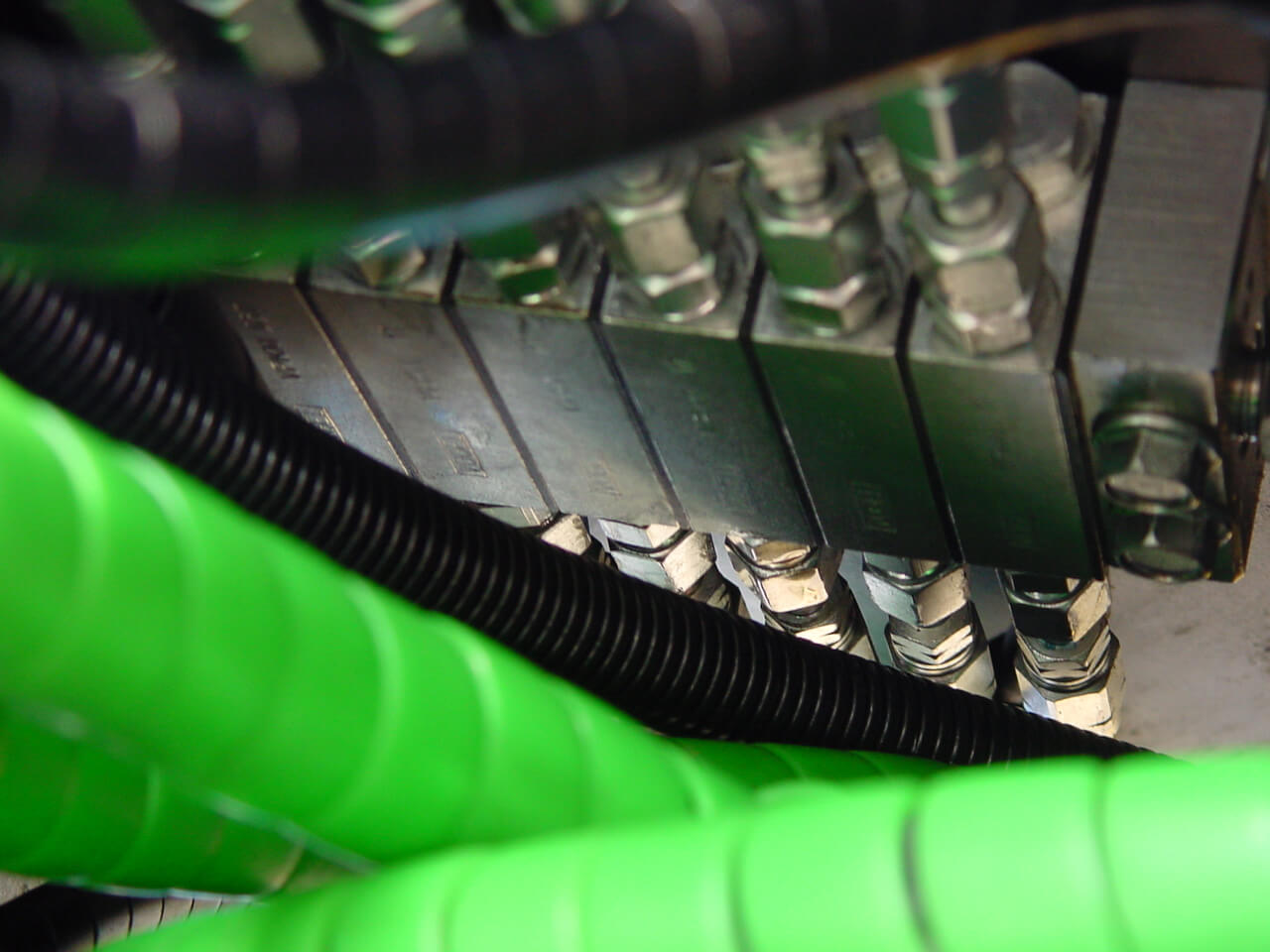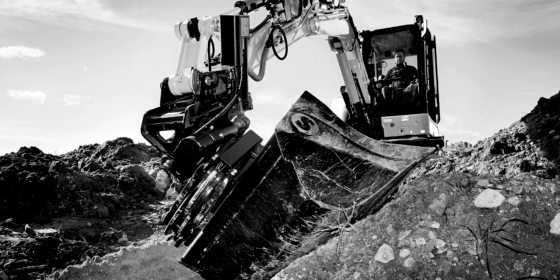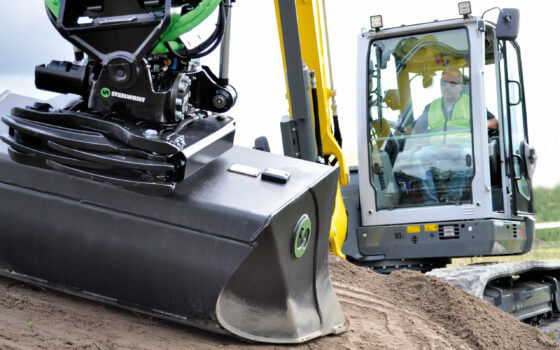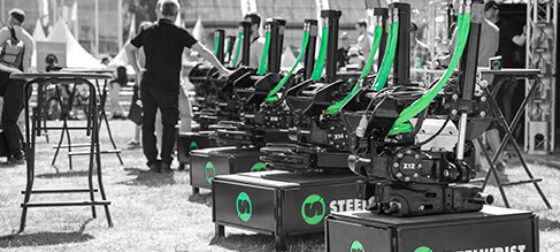About Front Pin Lock safety solution
For us safety is very important, and Steelwrist was first in the industry to have a solution on the tiltrotators and quick couplers that securely connects work tools if the excavator operator by mistake did not connect the work tool in a correct way.
We call this safety solution Front Pin Lock (FPL).
Front Pin Lock is a mechanical lock of the front shaft which significantly limits the risk of an unintended drop of work tools. Front Pin Lock is machine independent, it works equally well on all excavators.
Enhanced safety for couplers and tiltrotators
We introduced Front Pin Lock already in the spring of 2012 and have since then delivered thousands of couplers and tiltrotators with enhanced safety. With the launch our full automatic SQ-quick range during spring 2017 and our entry into the demolition business (with heavier work tools than in general construction), we started to implement our Generation 2 of FPL.
The Front Pin Lock consists of two innovations that, when combined increases safety considerably:
- Locked front shaft – locks the front shaft of the attachments as the locking process is started.
- Positive lock indication – intuitive indication with red indicator when the coupler is open and green indicator when the bucket is in a safe position.
Front Pin Lock works on all types of excavators:
- On Quick Couplers
- On Tiltrotators
- On wheel- and crawler excavator with advanced control systems (two-hose systems)
- On compact excavators with basic proportional control from the machine (four-hose systems)
- On used excavators in the field (completely independent of control system)
Front Pin Lock is today standard on our large tiltrotators and quick couplers with symmetrical brackets.
FAQ about Front Pin Lock
When do accidents actually happen?
In our analysis 2012 we saw that accidents in principle only happen on two different occasions.
- First when the operator connects the front jaw of the coupler to the bucket, but for some reason misses to connect the rear pin properly, (the rear pin = the pin that the driver can not see from the cab). At the same time the operator for some reason forgets to verify that the bucket i safely locked. Often the driver is disturbed by a phone call or other distraction when this happens.
- The second occasion when accidents may happen is when the operator just wants to move the bucket, alternatively lift the bucket to a trolley. The operator connects the front jaw of the coupler in the bucket but he does not maneuver the lock at all since his intention “only” is to move a bucket. At this stage the driver starts to move the bucket and since the bucket is not secured it can easily fall off in case the bucket hits the side of the trailer or similar. The goal with Front Pin Lock has been to protect against both these risks.
Is it impossible to drop a bucket with a Front Pin Locked quick coupler?
Since this is an excavator with an operator, which in itself can be dangerous, it is obviously not possible to completely remove the risk of dropping a bucket.Just as nobody can design an excavator that can not be hurt anyone or a car that can not have an accident you can not build a quick coupler than never can have an accident, regardless of what the operator is doing. What it’s all about is to try to eliminate the risk of an accident when the operator accidentally connects the bucket erroneously without noticing it.
Why positive green instead of the usual red indicator?
The basic philosophy is that we want to indicate green when the bucket is in a safe position instead of as usual only indicate red when the quick coupler is open.
Imagine a traffic light that only had one red light. If the red light is on then it would be a stop signal. If there is no light then it means OK do drive (this is how many couplers work today). It is easy to imagine a number of other reasons why the red light dark, but when it would still not be ok to drive. We therefore indicate green when the bucket is in a safe location. Red is as today a warning signal that the coupler is open.







